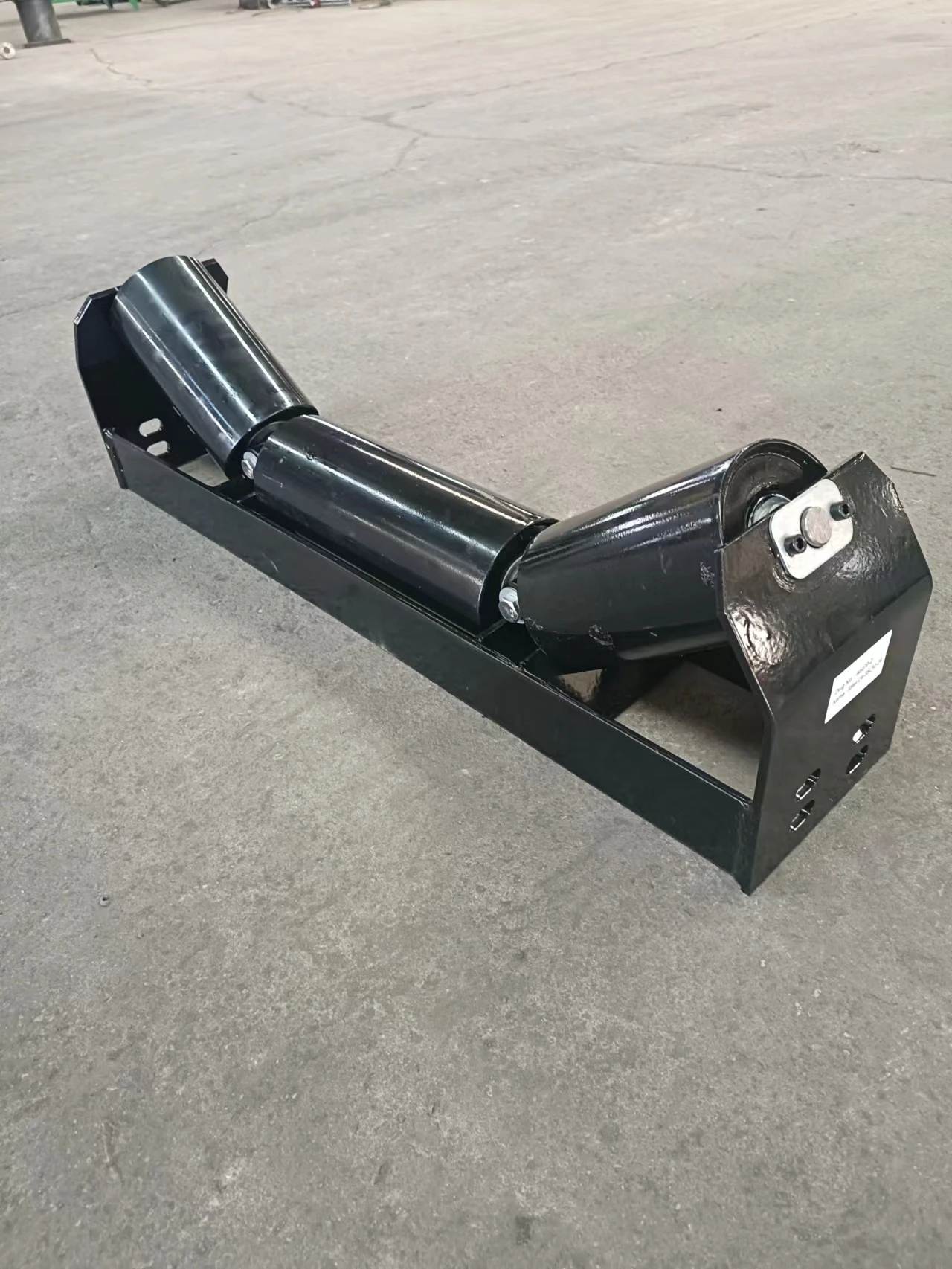 Afrikaans
Afrikaans  Albanian
Albanian  Amharic
Amharic  Arabic
Arabic  Armenian
Armenian  Azerbaijani
Azerbaijani  Basque
Basque  Belarusian
Belarusian  Bengali
Bengali  Bosnian
Bosnian  Bulgarian
Bulgarian  Catalan
Catalan  Cebuano
Cebuano  Corsican
Corsican  Croatian
Croatian  Czech
Czech  Danish
Danish  Dutch
Dutch  English
English  Esperanto
Esperanto  Estonian
Estonian  Finnish
Finnish  French
French  Frisian
Frisian  Galician
Galician  Georgian
Georgian  German
German  Greek
Greek  Gujarati
Gujarati  Haitian Creole
Haitian Creole  hausa
hausa  hawaiian
hawaiian  Hebrew
Hebrew  Hindi
Hindi  Miao
Miao  Hungarian
Hungarian  Icelandic
Icelandic  igbo
igbo  Indonesian
Indonesian  irish
irish  Italian
Italian  Japanese
Japanese  Javanese
Javanese  Kannada
Kannada  kazakh
kazakh  Khmer
Khmer  Rwandese
Rwandese  Korean
Korean  Kurdish
Kurdish  Kyrgyz
Kyrgyz  Lao
Lao  Latin
Latin  Latvian
Latvian  Lithuanian
Lithuanian  Luxembourgish
Luxembourgish  Macedonian
Macedonian  Malgashi
Malgashi  Malay
Malay  Malayalam
Malayalam  Maltese
Maltese  Maori
Maori  Marathi
Marathi  Mongolian
Mongolian  Myanmar
Myanmar  Nepali
Nepali  Norwegian
Norwegian  Norwegian
Norwegian  Occitan
Occitan  Pashto
Pashto  Persian
Persian  Polish
Polish  Portuguese
Portuguese  Punjabi
Punjabi  Romanian
Romanian  Russian
Russian  Samoan
Samoan  Scottish Gaelic
Scottish Gaelic  Serbian
Serbian  Sesotho
Sesotho  Shona
Shona  Sindhi
Sindhi  Sinhala
Sinhala  Slovak
Slovak  Slovenian
Slovenian  Somali
Somali  Spanish
Spanish  Sundanese
Sundanese  Swahili
Swahili  Swedish
Swedish  Tagalog
Tagalog  Tajik
Tajik  Tamil
Tamil  Tatar
Tatar  Telugu
Telugu  Thai
Thai  Turkish
Turkish  Turkmen
Turkmen  Ukrainian
Ukrainian  Urdu
Urdu  Uighur
Uighur  Uzbek
Uzbek  Vietnamese
Vietnamese  Welsh
Welsh  Bantu
Bantu  Yiddish
Yiddish  Yoruba
Yoruba  Zulu
Zulu self aligning roller for belt conveyor
Self-Aligning Roller for Belt Conveyor Enhancing Efficiency and Precision
In the realm of industrial logistics and material handling, belt conveyors play a vital role in transporting goods across various sectors, from manufacturing to mining. A critical component in maintaining the efficacy of belt conveyors is the self-aligning roller system, which significantly enhances operational efficiency and reduces wear and tear on equipment.
Self-aligning rollers are designed to automatically adjust the position of the conveyor belt, ensuring that it remains centered during operation. Misalignment is a common issue in belt conveyance; it can lead to uneven wear on the belt and other components, reducing the lifespan of the equipment. When a conveyor belt shifts out of alignment, it can cause increased friction, leading to power loss and potential breakdown. The incorporation of self-aligning rollers mitigates these risks by allowing the belt to self-correct, maintaining optimal positioning along the conveyor line.
The mechanism behind self-aligning rollers involves a unique design that includes a pivoting feature. This enables the rollers to pivot in response to any lateral movement of the belt. When the belt drifts to one side, the self-aligning roller shifts to accommodate the change, automatically guiding the belt back to its centerline. This self-adjustment not only improves the operational reliability of the conveyor but also enhances productivity by minimizing downtime often associated with manual realignment.
self aligning roller for belt conveyor

Moreover, self-aligning rollers contribute to a safer working environment. By preventing belt misalignment, the risk of material spillage and accidents is significantly reduced. This is particularly important in industries handling bulk materials, where even minor misalignments can lead to substantial losses and increase safety hazards for workers.
In addition to their operational benefits, self-aligning rollers are designed for durability. Constructed from high-quality materials, they can withstand harsh conditions and heavy loads typical in industrial settings. Their robust design reduces maintenance costs and extends the lifespan of the conveyor system, generating considerable cost savings in the long run.
In conclusion, the integration of self-aligning rollers in belt conveyor systems is paramount for enhancing efficiency, reducing wear, and ensuring safety. As industries continue to seek ways to optimize their operations, adopting advanced components like self-aligning rollers will undoubtedly play a crucial role in achieving these objectives. With their ability to deliver consistent performance and reliability, self-aligning rollers are set to become an indispensable part of modern conveyor systems.
-
Revolutionizing Conveyor Reliability with Advanced Rubber Lagging PulleysNewsJul.22,2025
-
Powering Precision and Durability with Expert Manufacturers of Conveyor ComponentsNewsJul.22,2025
-
Optimizing Conveyor Systems with Advanced Conveyor AccessoriesNewsJul.22,2025
-
Maximize Conveyor Efficiency with Quality Conveyor Idler PulleysNewsJul.22,2025
-
Future-Proof Your Conveyor System with High-Performance Polyurethane RollerNewsJul.22,2025
-
Driving Efficiency Forward with Quality Idlers and RollersNewsJul.22,2025





























